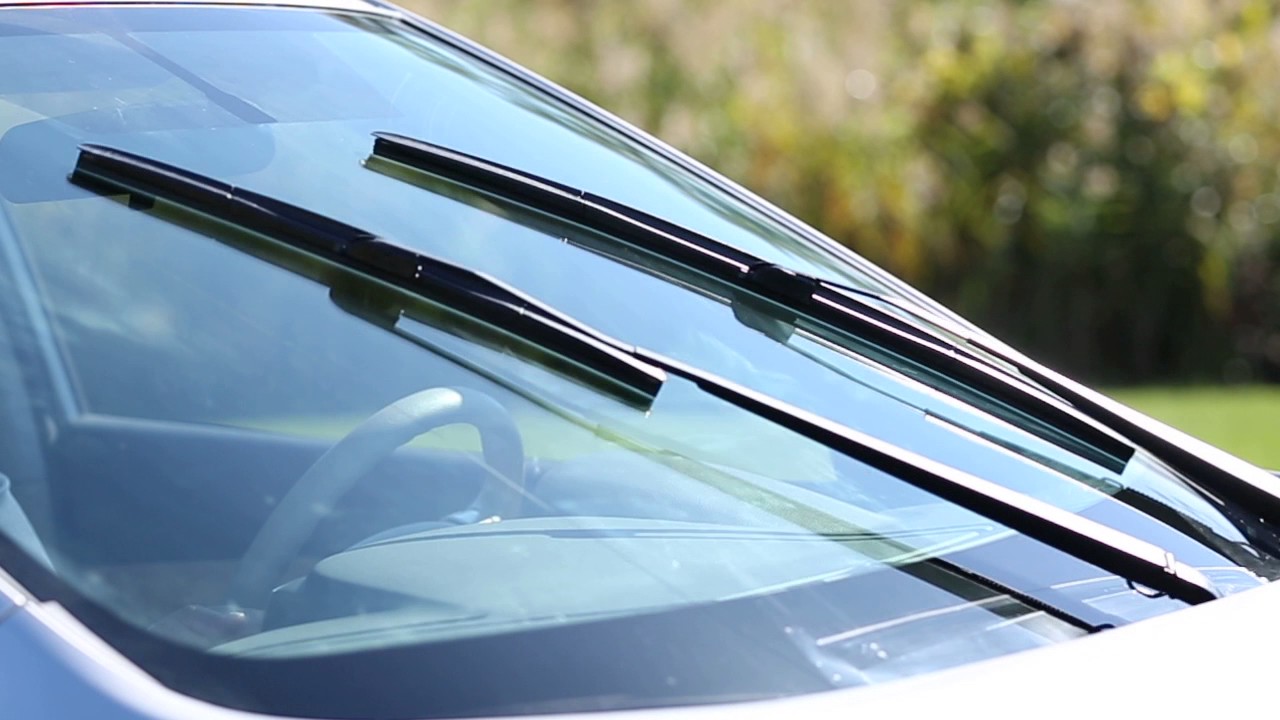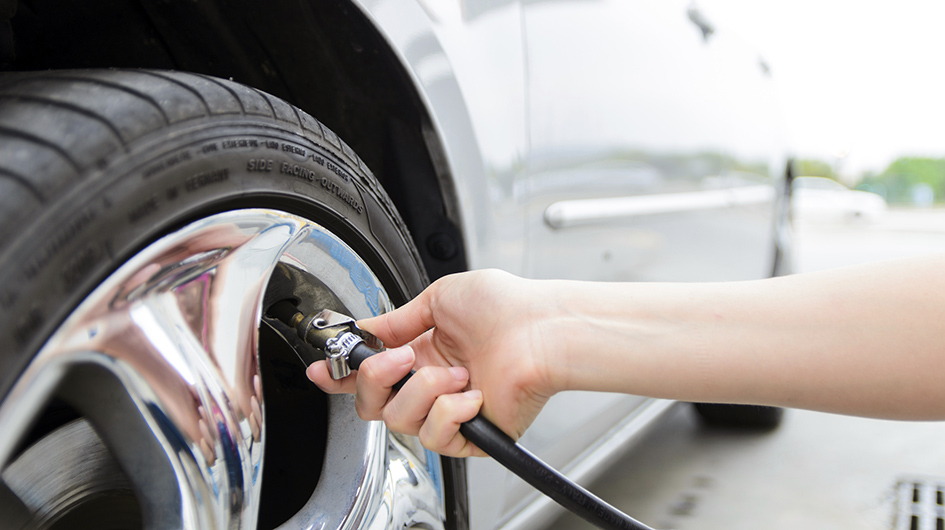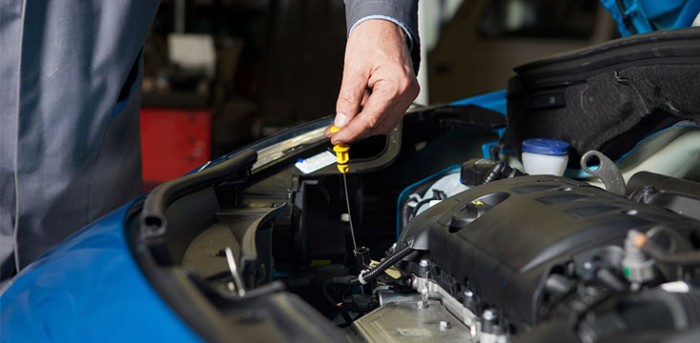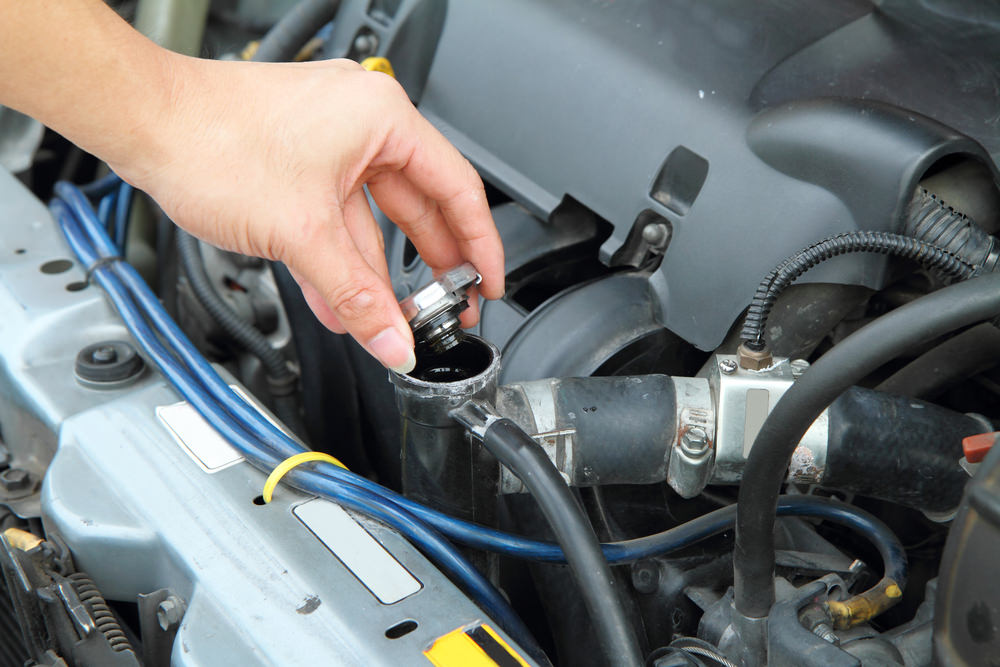The weather is warmer and the sun is stronger – this means you’ll likely be turning on your car’s air conditioner again after a long winter. But what happens when your system starts to lose power and you no longer feel a burst of cold air? It might be time to recharge your A/C.
What you’ll need:
- Refrigerant / Dispenser with Trigger and Gaug
- Safety glasses and gloves
Wearing safety glasses while working under the hood is suggested to protect your eyes. Wearing gloves can also help prevent any skin damage caused by freezing refrigerant.
Step 1: Turn your A/C On.
Set your air conditioner to its maximum cool setting with the blower set to high.
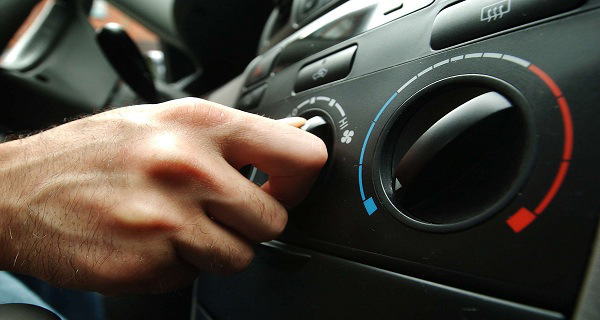
Step 2: See if your A/C Compressor is Running
When your A/C system is set to high and functioning properly, pulleys at the end of the compressor should be spinning. If your compressor is functioning as it should, but you still don’t feel a big burst of cool air, it’s likely you’re just running low on refrigerant. Especially if you still feel a slight breeze coming through.
If the clutch is not engaged and pulleys are not spinning, it could mean that your A/C system is low on refrigerant, or there are electrical problems with the compressor itself.
In both cases, adding more refrigerant after testing this should help you see what the issue is.
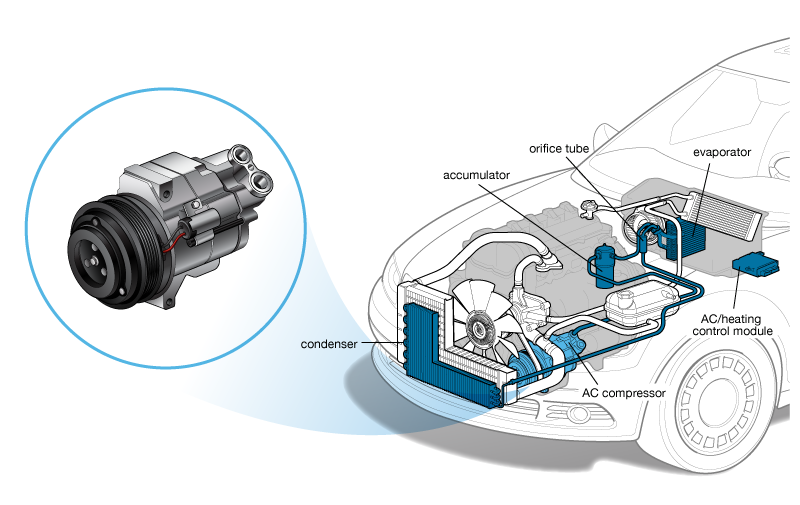
Step 3: Check the Pressure
To check the pressure, first, be sure to turn your car off. Then, find the low-pressure port. This is typically located on the passenger side of the engine and can be identified by a black cap with the letter “L” written on it.

Step 4: Attach Recharge Hose
Place the fitting at the end of your recharge hose, cover the low-pressure port and push until you hear a click. Be careful upon handling. Accidentally pulling the trigger can result in releasing refrigerant from your A/C system.
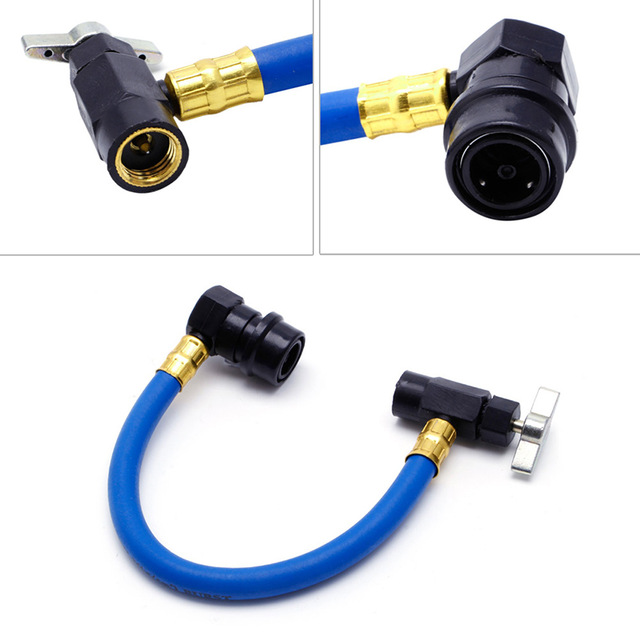
Step 5: Start your vehicle
Start your car and ensure that your air conditioner is on its highest settings. Monitor your AC compressor to see if your clutch is engaged and the pulleys are spinning. If engaged, try to get a reading as close to 40 psi as possible. Anything under 40 is considered undercharged.
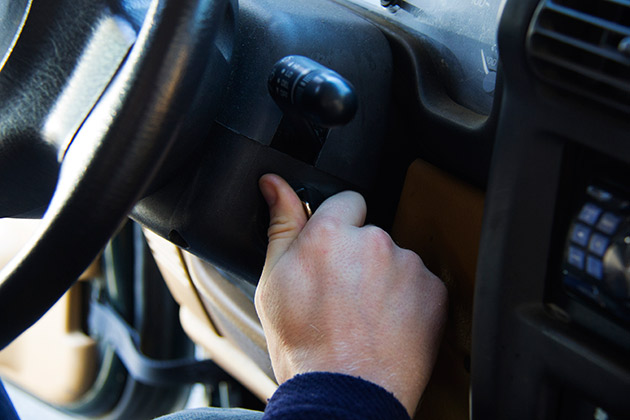
Step 6: Install refrigerant can onto recharge hose
Once you’ve installed the refrigerant can hold upright and squeeze the trigger for 5-10 second increments. Upon releasing the trigger, be sure to measure the pressure gauge until you are as close to 40 psi as possible.
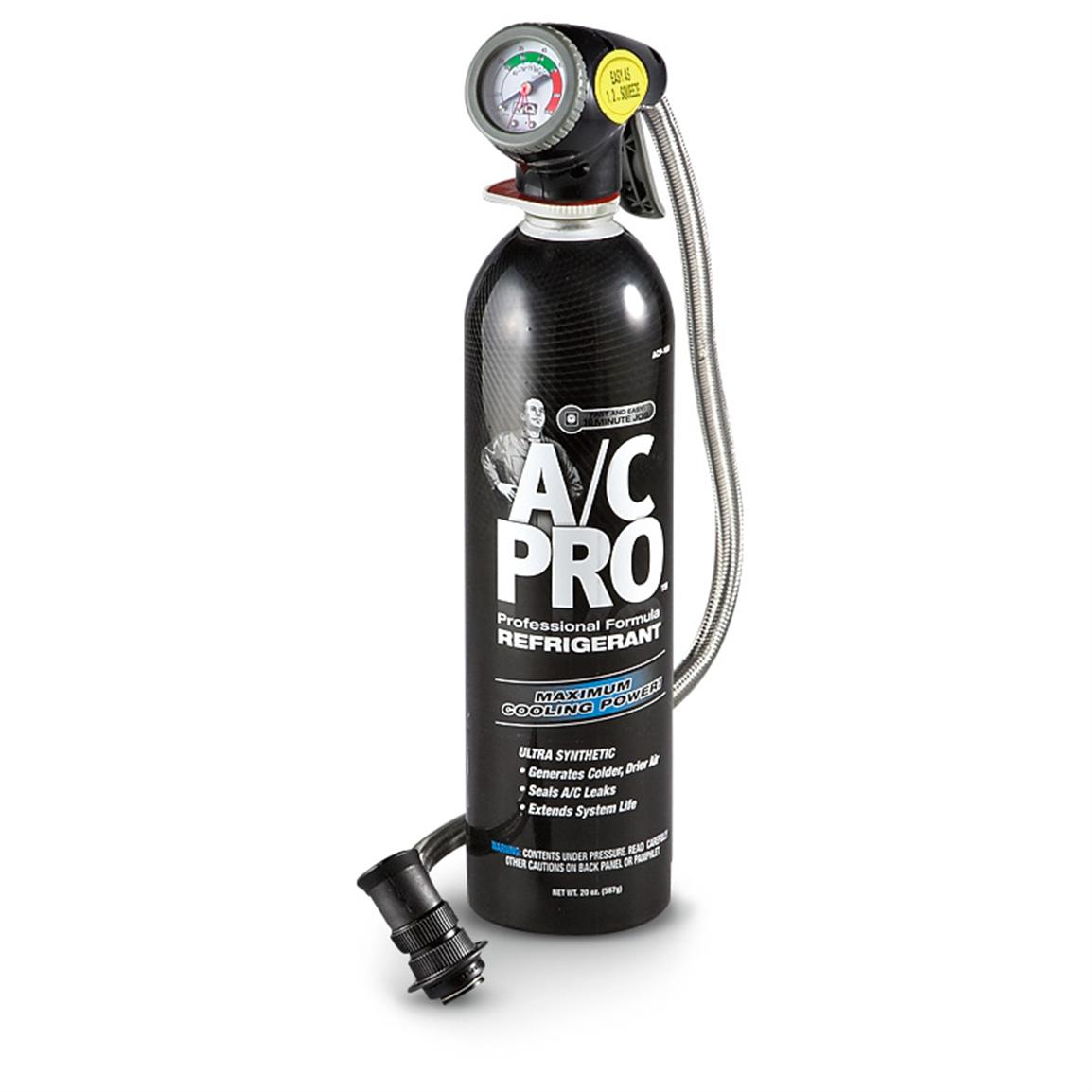
Step 7: Check Temperate Inside your Car
Insert a thermometer into your A/C vents and check the temperature. If your system is fully charged, you should get a reading between 28-30 degrees.
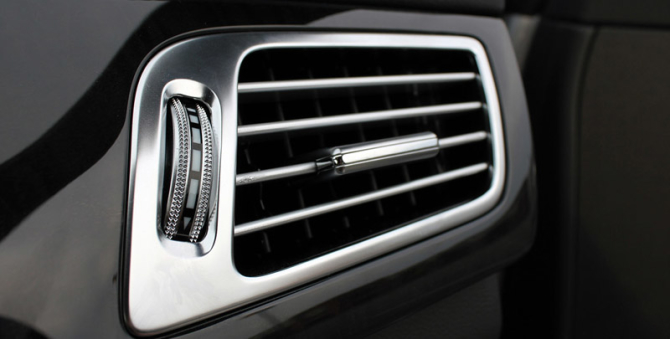
Note that this is merely a temporary fix to a potentially bigger problem. Should your system be missing refrigerant, it could mean that there is a leak that must be looked at by a professional.


